NATIONAL ZOO AND CONSERVATION BIOLOGY INSTITUTE
Our 3-month-old Zebra Colt is Earning His Stripes, One Butterfly and Biscuit at a Time
Our playful Hartmann’s mountain zebra colt is a bundle of energy! Find out how the young colt spent his summer in this update from ungulate keeper Tara Buk.
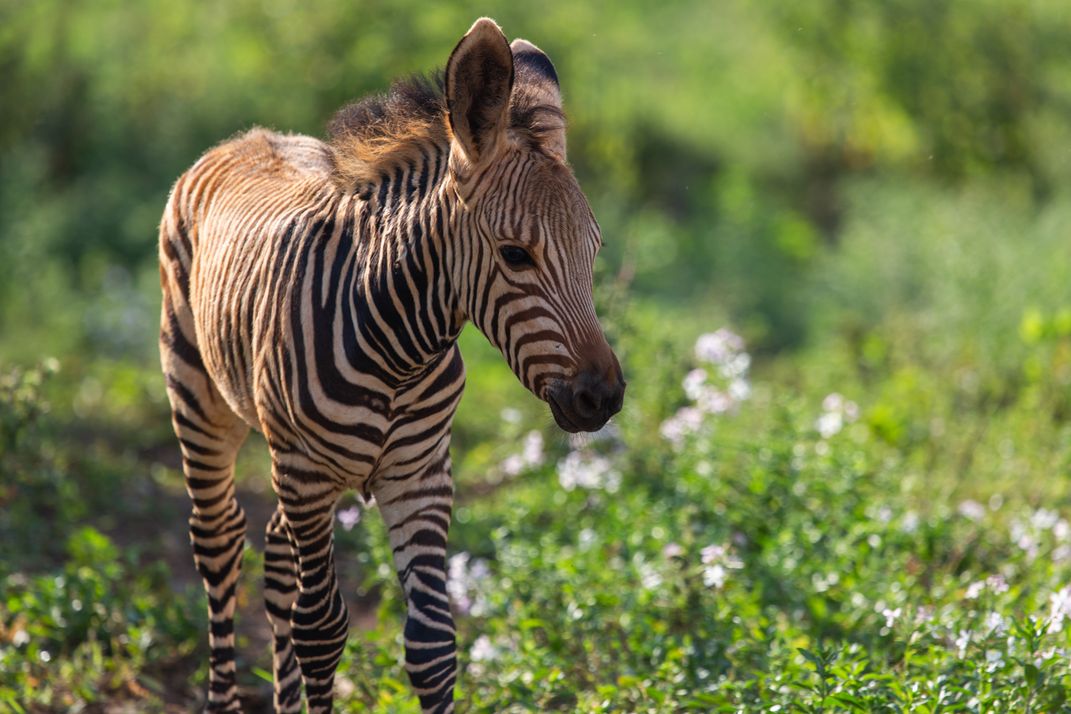
Soon, the cool, crisp air of autumn will settle on the Smithsonian Conservation Biology Institute in Front Royal, Virginia. Our playful 3-month-old Hartmann’s mountain zebra colt spent much of the summer exploring his pasture alongside mother Mackenzie and their herd mate, Xolani. While the females calmly grazed nearby, the colt expended his extra energy. He ran around and rolled in the mud and dust, which gave his coat a ruddy-red appearance.
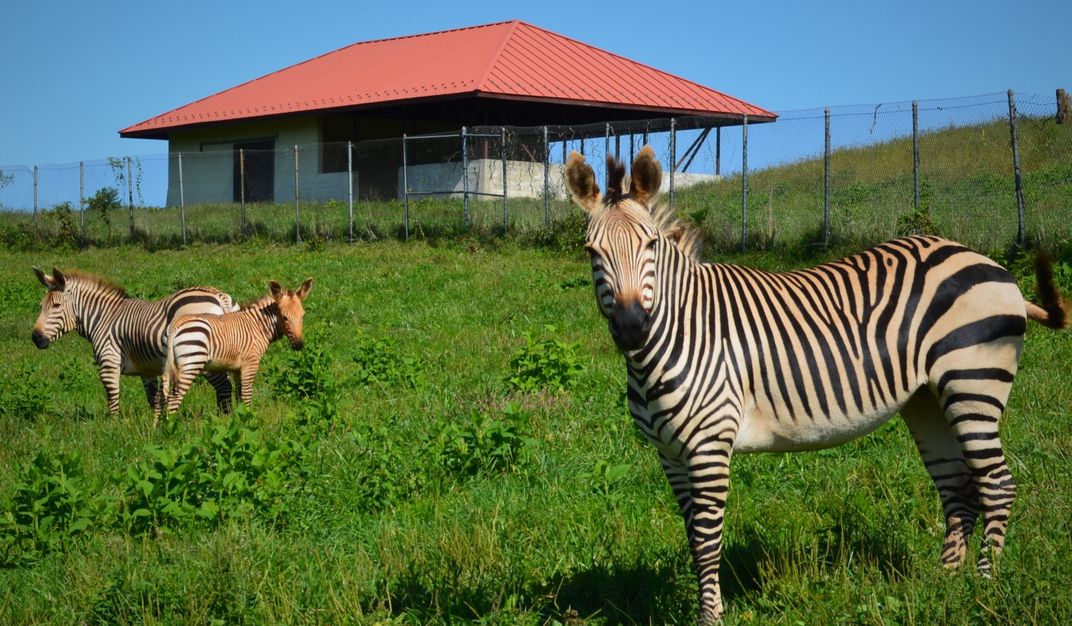
At times, our colt can be a little goofy, much like his father, Rogan. One summer morning, he was investigating some flowers when a butterfly lifted off and startled him. It caught him by such surprise that he jumped off the ground!
Zebras tend to be apprehensive about new things. Mackenzie is a cautious individual, and it seems she has passed that trait down to her son. In most situations, he sticks close by his mother’s side. The pair share a large, 3-acre pasture with Xolani now, and the colt is quite curious about her. However, if he approaches Xolani, Mackenzie chases her away. This is normal behavior; Mackenzie is a good, protective mom.
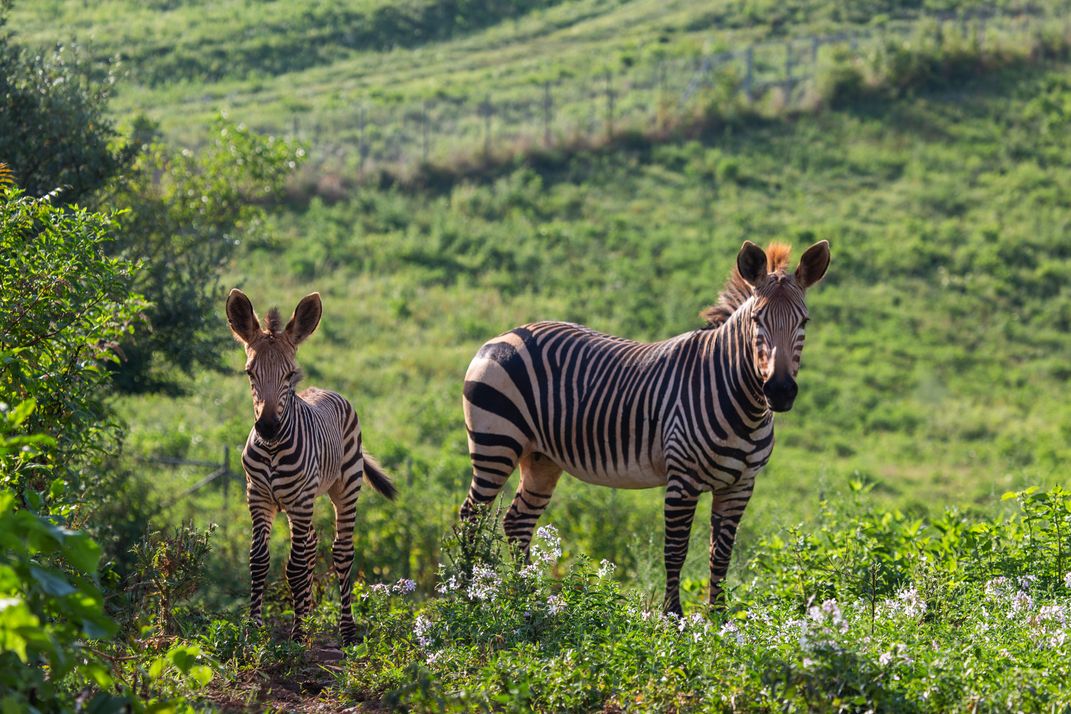
Giving our animals the opportunity to live together as a herd encourages them to socialize as they would in the wild. Although interactions between the colt and Xolani are limited at the moment, Xolani will often join Mackenzie and stand guard over our little one while he naps in the pasture.
Recently, some new neighbors moved next door. Przewalski’s horse stallions Finnegan and Boomer now share a fence with our zebra herd. Although our colt is curious about Finnegan — the younger of the two horses — he sticks close behind Mackenzie and does not approach the fence line without her. The colt has not met his father, who is housed in another barn and is not visible from their pasture.
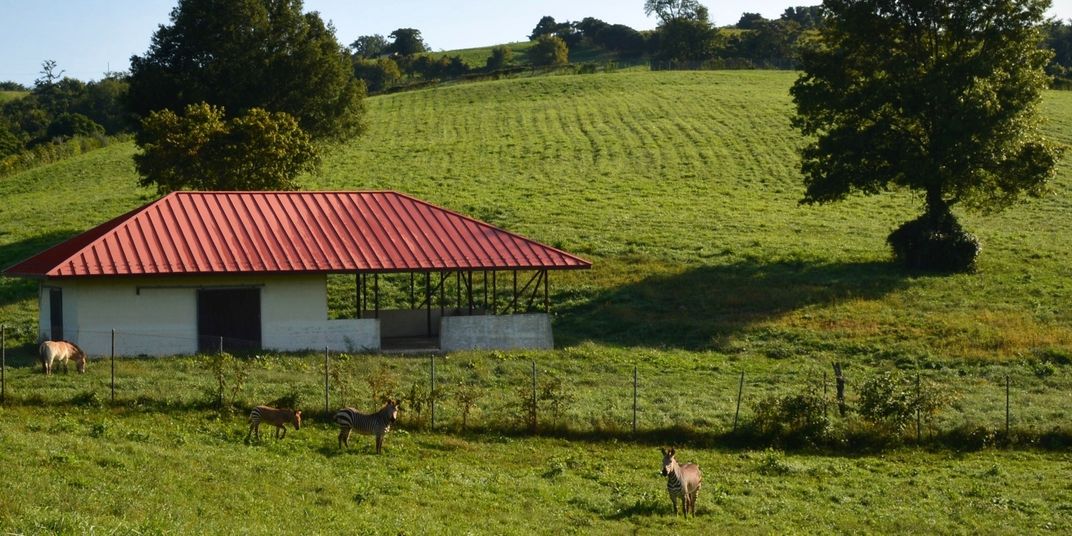
The colt is still nursing, though he nibbles on pellets and grass. We have offered him cinnamon biscuits, a favorite treat of the adults, but he has not shown any interest in them yet. To encourage the colt to explore one of the zebra enrichment items, a mirrored jolly ball, we put pellet rations and a few pieces of apple on top. Since it was his first time seeing this item, however, he did not get too close.
Since he is very wary of new things, positive reinforcement training is one way we help our colt acclimate to his surroundings. Eventually, he will learn behaviors that enable him to voluntarily participate in his own health care.
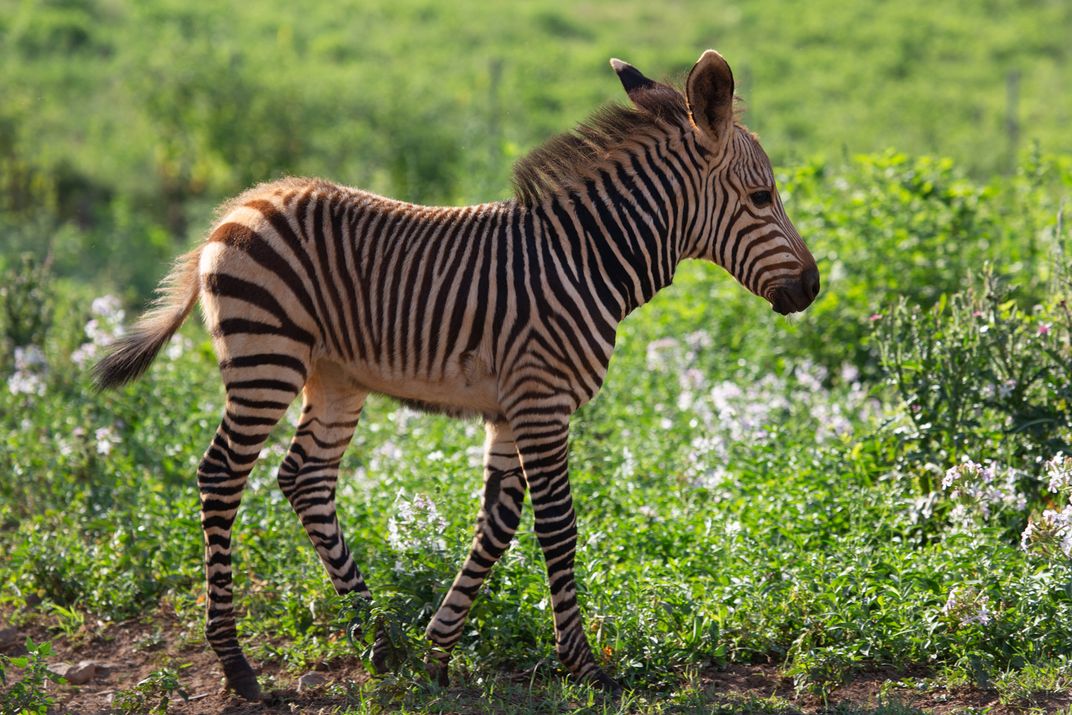
Luckily, because the colt follows mom so closely, she is helping us train him as well! For example, he will follow her through a training chute or across a scale. We reinforce these behaviors by rewarding them with treats. Doing so not only lets mom and colt know that they have done the correct behavior but also helps build their trust in us. Over the next few months, we look forward to helping our colt master these behaviors and introducing him to new areas of his habitat.
This story appears in the October 2020 issue of National Zoo News.
